In 1992, an exciting new coin showed up in Hungary, a 200 Forint, KM #689. Such a denomination didn’t exist in recent currency, but even more interesting, it was a silver coin. In 1994, this coin was replaced by another design, KM #707, also made of silver. The reason was believed that the original contained more silver than the value of the coin.
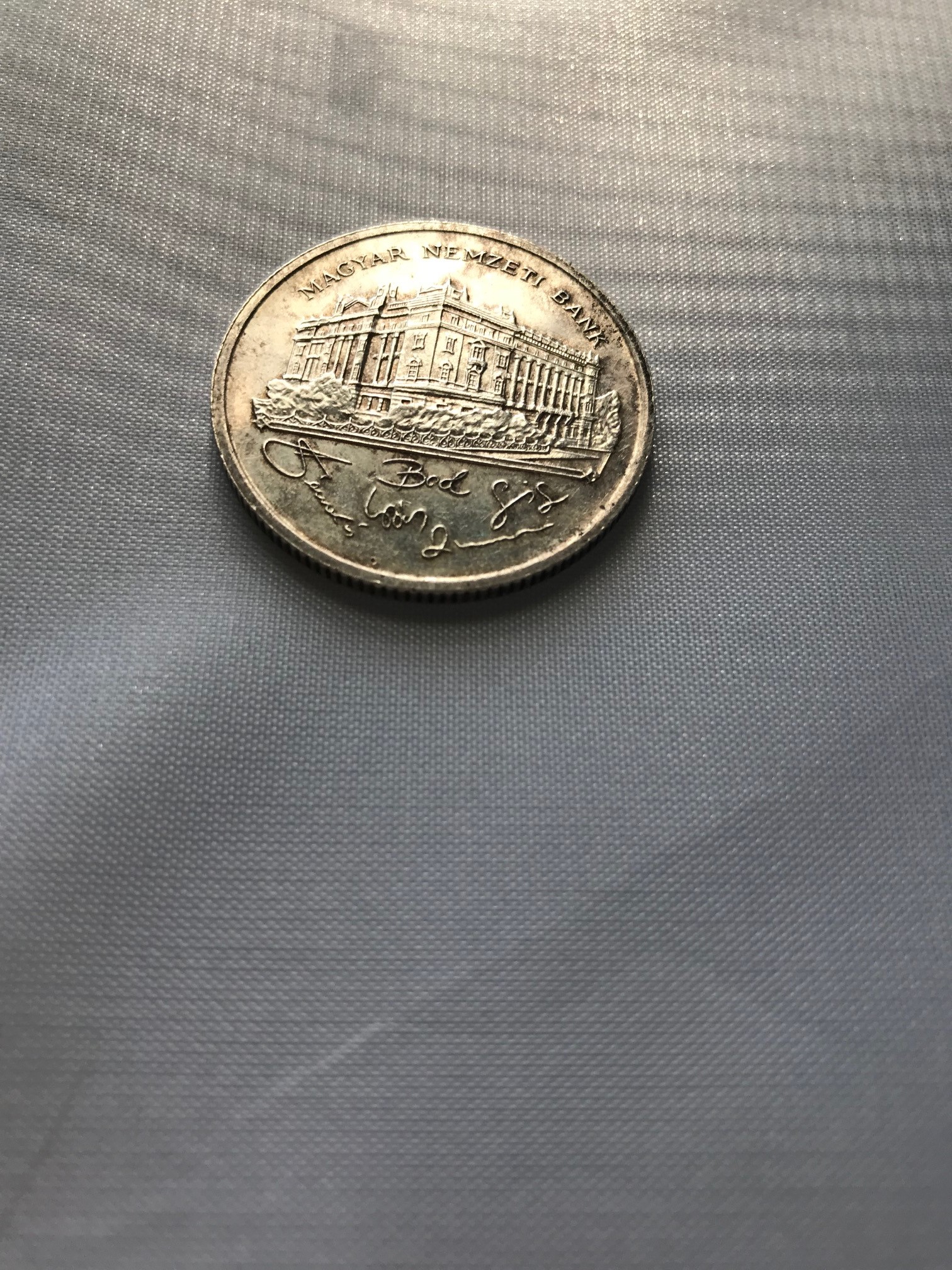
The first coin had the national bank on the reverse, the second had Ferenc Deak, so it was very easy to tell the two coins apart.
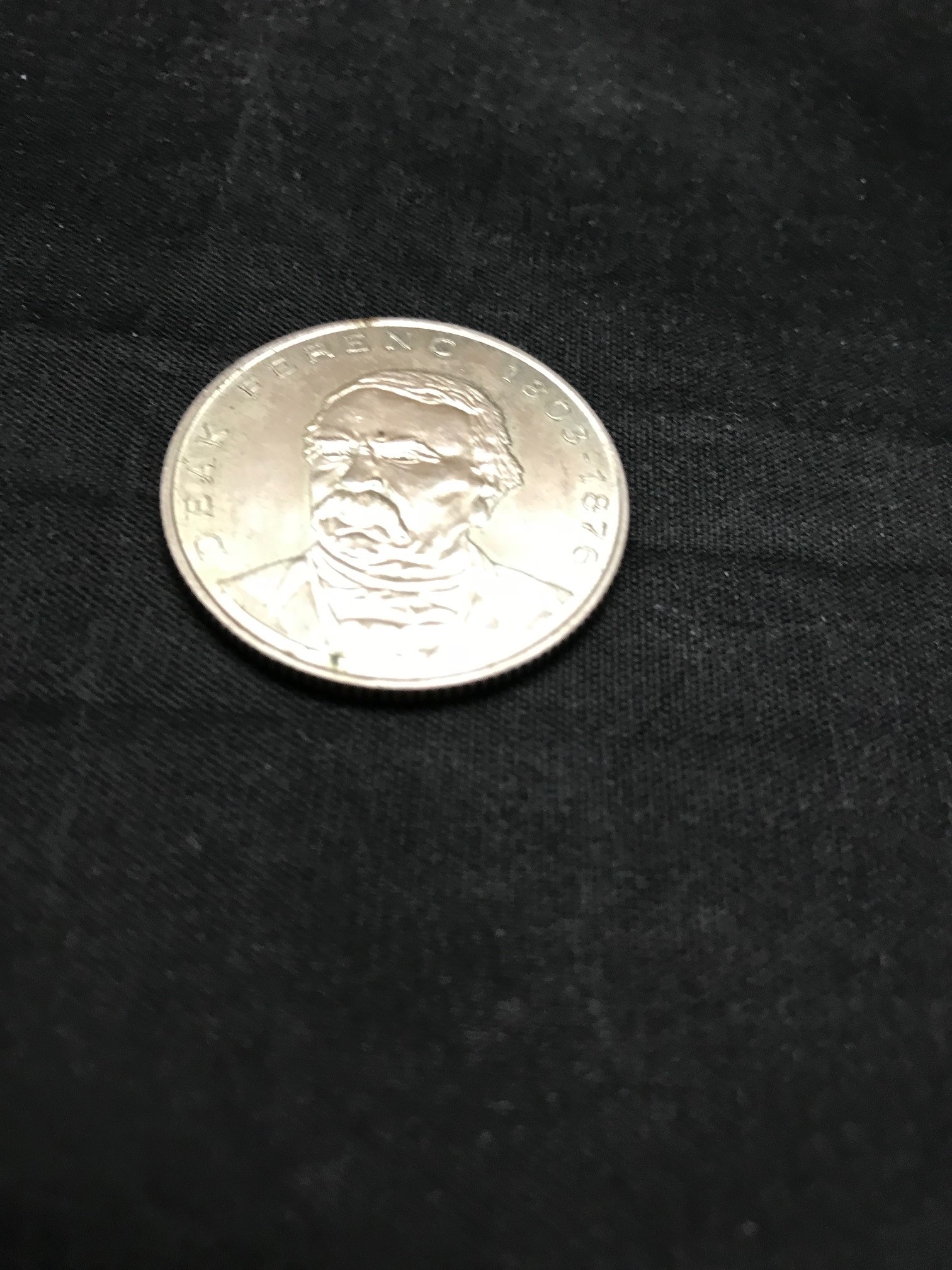
After the first coin was discontinued, people started talking about how it contained more silver, and later in the 1990’s, these 200 Forint coins sold for as high as 20000 forints in circulated condition, even at the time it was close to $100.
I never thought to question the silver content, and I was proudly telling this story to my collector friends in the last 20 years, until it came up in a conversation and I decided to check into it.
The first suspicious thing was that both coins were listed with the exact same parameters, 12 G weight, 1.7 MM thickness, and 32 MM diameter. Thus, the silver content couldn’t have been different. My understanding was that this fact has never been acknowledged by the Hungarian National bank. It was suspicious that Numista also has the same measurements. I checked both coins, and sure enough, they had the same measurements.
It was time to look into what exactly happened here. I have a subscription of the digital version of most Hungarian papers and magazines, so I did a search and found nothing. Then, a simple internet search showed a page on Numismatics.hu, which shed light on what really happened.
When designing the 200 Forint coin, the specifications of the 1947 Kossuth 5 Forint was used. I could not find any reasoning behind it, but in a way the two coins had some similarities around their release. The Forint was introduced in 1946, and the first and only silver circulation coin was introduced in 1947. A similar 5 Forint was minted in 1946 which was larger and of a much lower mintage. In 1948 a few silver coins were minted commemorating the 1848 revolution, but these were not meant to be used in circulation. It is still debated if the Kossuth 5 Forint was used in 1947 as a circulation coin, but apparently it was withdrawn in fear of silver hoarding as the communists were becoming stronger in 1948.

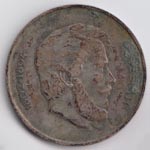
In 1992 no Hungarian entities were prepared to produce the number of planchets required for the minting of the 200 Forint coin. Thus, in 1992 it was contracted out to the British Royal Mint. However, in 1993 the 200 Forint coins were already minted by the Hungarian Mint, Magyar Pénzvero Zrt. The silver was supplied by the Hungarian National Bank. During the minting process, they wanted to make the color look similar to the 1947 Silver 5 Forint, thus they used a chemical process to alter the color of the silver.
The already cut planchets were placed into an 8 percent sulphuric acid solution, with the addition of potassium permanganate. This resulted into releasing the copper oxide on the surface of the planchet approximately in the depth of 60 micrometers, which made the surface to be approximately pure silver, resembling the 1947 5 Forint, but different from the planchets made by the Royal Mint.
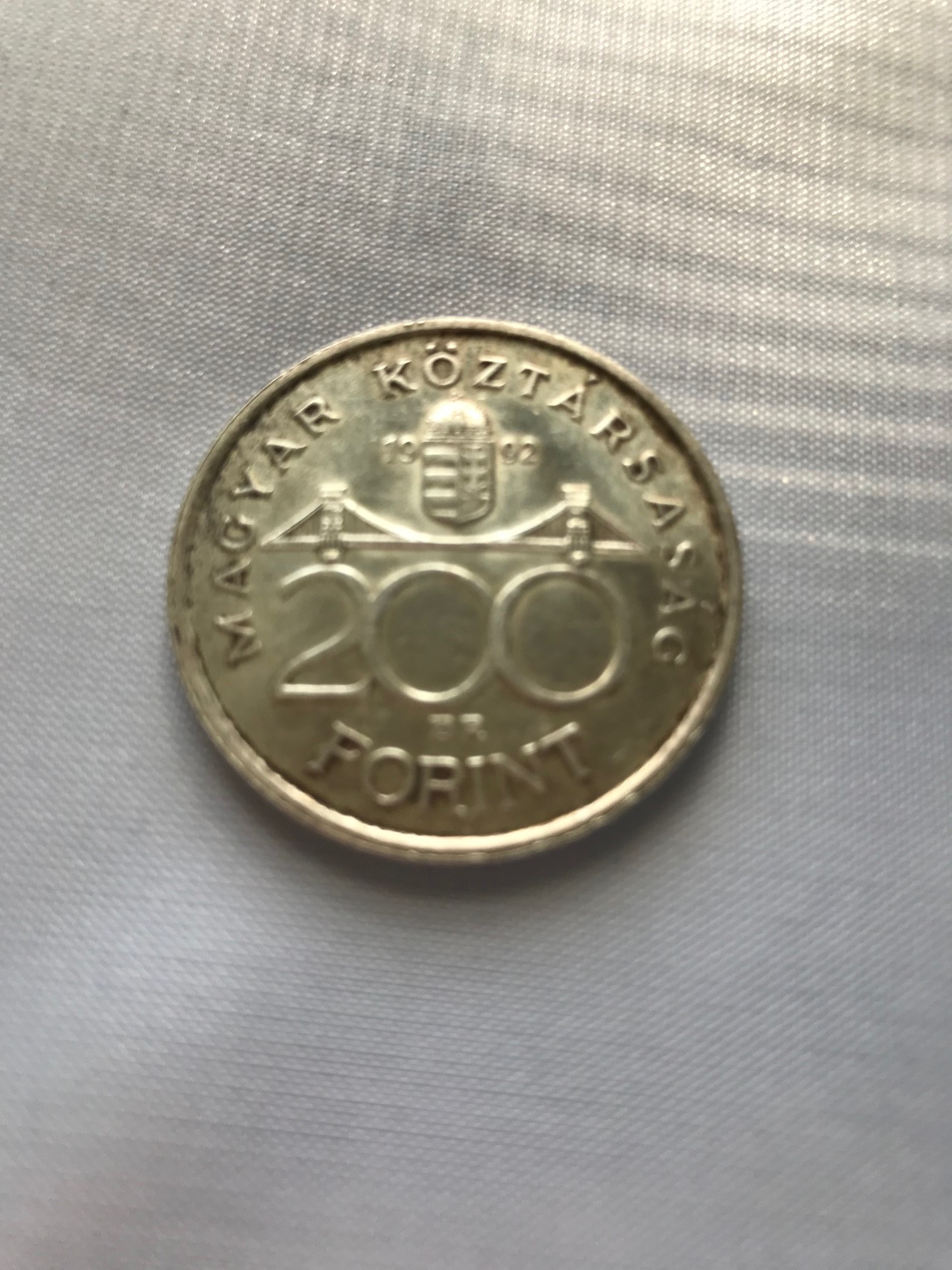
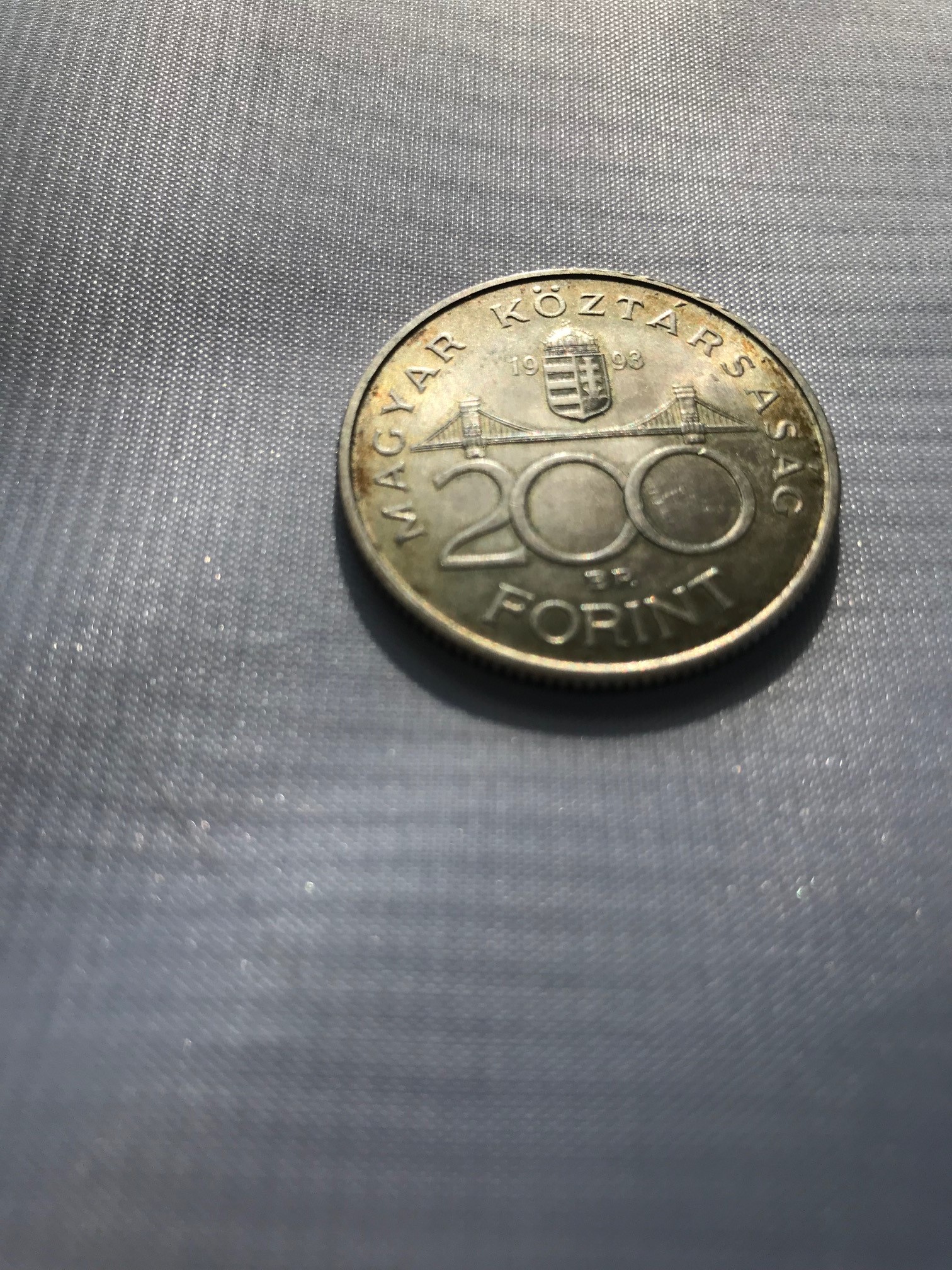
Unfortunately I don’t have a good quality of these coins, so the above samples are for reasons of illustration, not for color comparison.
Thus, we can state that even though the older 200 Forint coins were sold at a different price for a while, the idea of having a different silver content is nothing more than an urban legend. Interestingly, even the legend portion of the story was that the National Bank discontinued the coins with the building of the Bank because of the silver content. This couldn’t have been farther from the truth, and if anything should be more valuable than the rest of the coins is the 1992 version of the KM #689 coin, but definitely not for the higher silver content, rather for the insignificantly lower copper content.
Reference:
Amit a 200 forintos ezüst pénzérme gyártásáról tudni kell, Numismatics.hu

